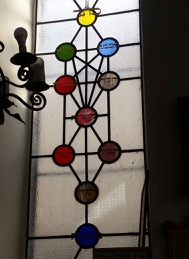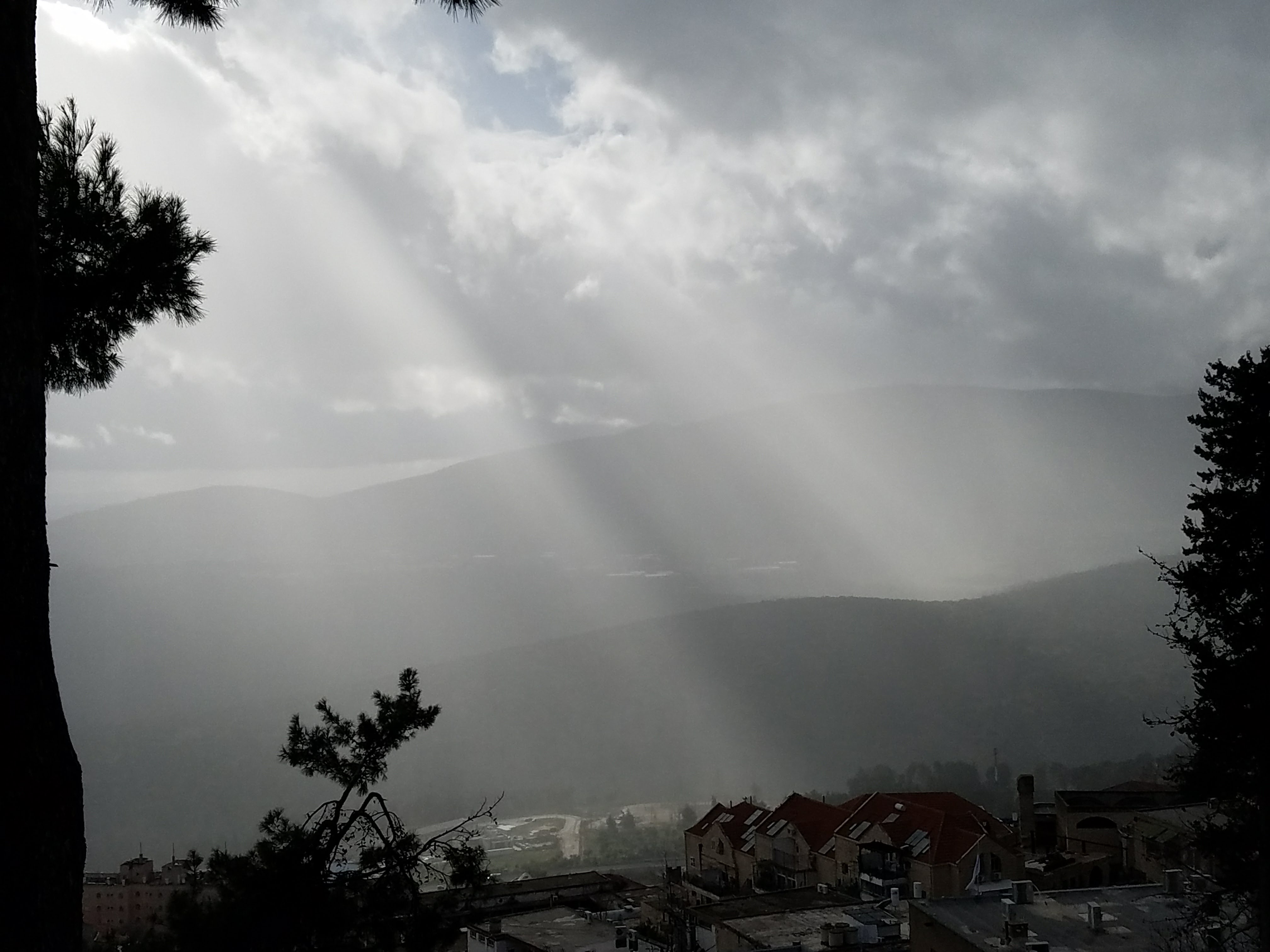
Tzfat has a detectable feminine aspect, with its landscape of soft contours of hills extending as far as one can see, reminiscent of the waves of the ocean, the curving streets, circling the mountain on which the city is built. Another feminine aspect of Tzfat is its hiddenness. Often an unremarkable looking door opens to the beautiful arched room or an exotic garden. Women complete the picture of this city, many of them dressed in flowing dresses and colorful scarfs, so fitting in Tzfat. The religious women's aspiration is to have a large family, and there are many young women in Tzfat with numerous kids. It's good to live in the place where life is of a highest value.
There is a large community of "Anglo" women: English speakers from US, Europe, Canada, South Africa. Many of these women regularly get together to learn Torah in "Bas Medrash" . There are different classes and modes of learning: classes by excellent teachers, learning together original Hebrew texts in smaller groups, discussion sessions etc. The learning always begins with a different woman giving a talk on the subject of her choice, and it is never only intellectual, but sharing something very important to each one, and often the speaker is so moved, that she starts crying, and the listeners respond in kind, and the tissues are passed around. Of course there is also a lot of laughter, and during text learning - sometimes there are loud arguments about meaning of texts, as in any normal yeshiva with interested and involved students. Everybody is passionate about Torah learning, and it is always a moving and rich experience. The learning is preceded by an excellent breakfast, prepared by volunteers who come early to prepare food and set the tables. Rosh Chodesh is celebrated with women singing together, led by talented musicians among us. There is an atmosphere of sharing and mutual support that extends beyond the place of learning, and is valuable in times of joy as well as sadness. Many happy occasions are celebrated together, and in difficult times there is a mutual support and help. It’s a blessing to live in an accepting, caring community, where each woman can find her own voice, forming together a harmony of women voices, awakening Shechina, and affirming hope of a better world.



